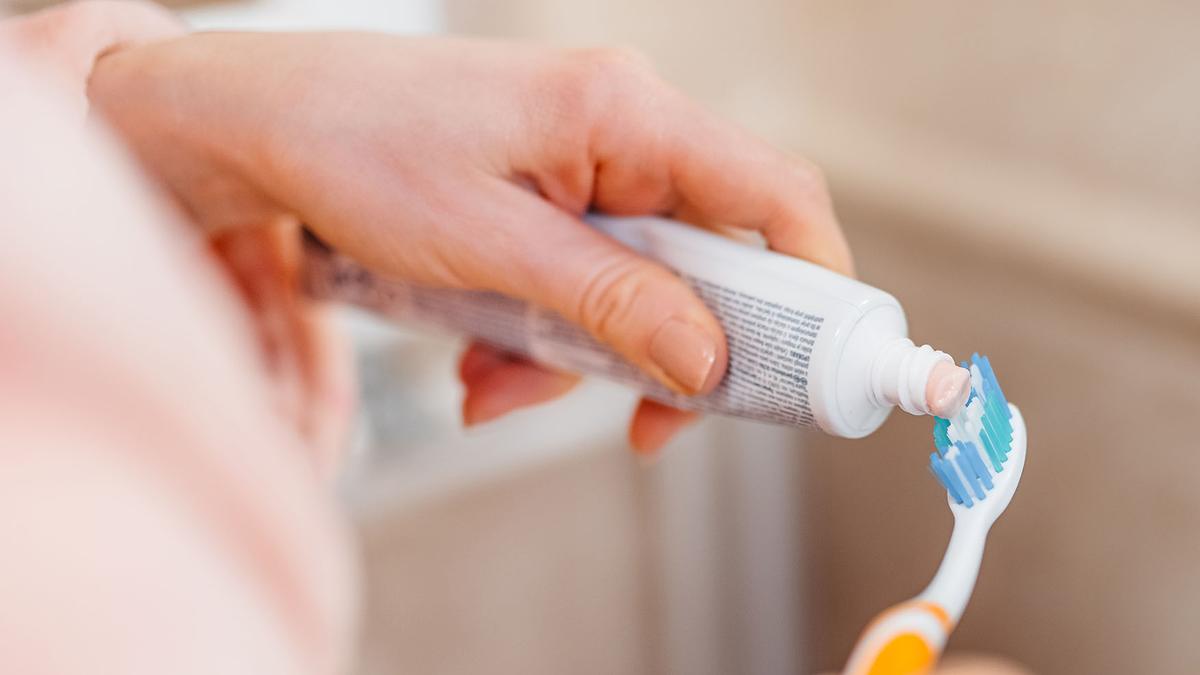(This article forms a part of the Science for All newsletter that takes the jargon out of science and puts the fun in! Subscribe now!)
When you press on a toothpaste tube in the morning, you’re sure some paste is going to spurt out if you’re squeezing hard enough. But how much is enough? Toothpaste behaves like an elastic solid when it’s still but yields when pushed hard enough. Scientists know of many materials that make this shift — but what they’re still trying to understand is how much pressure you need to apply to squeeze it out and why not more or less.
The ‘shift’ is called switch yielding. Engineers are very familiar with it and routinely deal with it in real-world applications. For example, it’s part of the design of ketchup bottles and hair products like gels. However, physicists aren’t familiar with it, which is to say they don’t understand how exactly switch yielding works at the microscopic scale.
A new study, published in Physical Review Letters on May 23, has attempted to bridge this gap.
The researchers, from the U.S., used a precision rheometer — a machine that twists a sample and measures how much it resists twisting — to record two numbers across dozens of soft materials: the storage modulus (how much energy the sample stores elastically) and the loss modulus (how much energy the sample sheds as heat).
The team also subjected materials to increasing amounts of pressure. As the pressure increased at a steady clip, the strain experienced by the material also increased at the same clip. The range of pressures for which this relationship holds in the material is called the material’s viscoelastic range.
But at some point, as the pressure applied crosses a threshold, its loss modulus suddenly and briefly spikes. This is when switch yielding happens.
These materials included polymer emulsions, colloidal gels, and fibres.
By performing these tests, the researchers uncovered two unexpected yet seemingly universal rules.
First, the height of the loss modulus spike depended only on the ratio of the loss modulus to the storage modulus. If the ratio was small, the spike is modest; if the ratio was higher beyond a limit, the spike flattens out.
Second, the strain at which a material switch-yielded depended straightforwardly on three factors: the flow stress the material experienced, the storage modulus, and the aforementioned ratio.
The findings were surprising because scientists had expected switch-yielding to be a complicated process requiring the use of non-linear calculations (i.e. where the output changes disproportionately to the input). A calculation with such parts can quickly get out of control. Instead, the study revealed that the switch-yielding point depends on the material’s viscoelastic properties, which are easy to measure.
This in turn means engineers can simply tune the said ratio of a material to fine-tune how easily toothpaste, ketchup, hair gel, emulsions, filled rubbers or cream should flow out of a container.
In sum, the study revealed two simple and universal links between viscoelastic data and the complex moment when soft materials start to flow. Thus the researchers have turned what once seemed like a messy, material-specific problem into a very tractable science.
From the Science pages
Question Corner
Flora and fauna
Published – May 28, 2025 11:05 am IST
